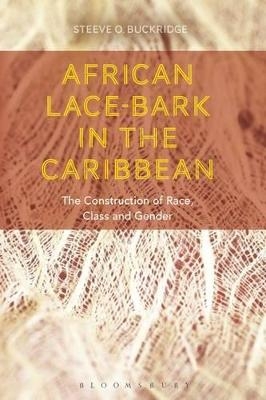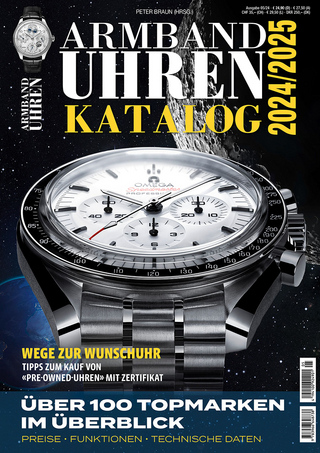
African Lace-bark in the Caribbean
The Construction of Race, Class, and Gender
Seiten
2016
Bloomsbury Academic (Verlag)
978-1-4725-6930-1 (ISBN)
Bloomsbury Academic (Verlag)
978-1-4725-6930-1 (ISBN)
In Caribbean history, the European colonial plantocracy created a cultural diaspora in which African slaves were torn from their ancestral homeland. In order to maintain vital links to their traditions and culture, slaves retained certain customs and nurtured them in the Caribbean. The creation of lace-bark cloth from the lagetta tree was a practice that enabled slave women to fashion their own clothing, an exercise that was both a necessity, as clothing provisions for slaves were poor, and empowering, as it allowed women who participated in the industry to achieve some financial independence.
This is the first book on the subject and, through close collaboration with experts in the field including Maroon descendants, scientists and conservationists, it offers a pioneering perspective on the material culture of Caribbean slaves, bringing into focus the dynamics of race, class and gender. Focussing on the time period from the 1660s to the 1920s, it examines how the industry developed, the types of clothes made, and the people who wore them. The study asks crucial questions about the social roles that bark cloth production played in the plantation economy and colonial society, and in particular explores the relationship between bark cloth production and identity amongst slave women.
This is the first book on the subject and, through close collaboration with experts in the field including Maroon descendants, scientists and conservationists, it offers a pioneering perspective on the material culture of Caribbean slaves, bringing into focus the dynamics of race, class and gender. Focussing on the time period from the 1660s to the 1920s, it examines how the industry developed, the types of clothes made, and the people who wore them. The study asks crucial questions about the social roles that bark cloth production played in the plantation economy and colonial society, and in particular explores the relationship between bark cloth production and identity amongst slave women.
Steeve O. Buckridge is Director of Area Studies programs and Professor of African and Caribbean History at Grand Valley State University, Michigan, USA.
Foreword by Joanne B. Eicher, Editor-in-Chief of the Berg Encyclopedia of World Dress and Fashion and Regents Professor Emerita at the University of Minnesota, USA
Introduction
Chapter 1: Pre-History to Early Slave Trade: People of the Forest
Chapter 2: Plantation Jamaica: Controlling the Silver
Chapter 3: Victorian Jamaica: Fancy Fans and Doilies
Conclusion
Appendix
Notes
Glossary
Bibliography
Index
| Erscheinungsdatum | 02.07.2016 |
|---|---|
| Zusatzinfo | 40 bw illus |
| Verlagsort | London |
| Sprache | englisch |
| Maße | 156 x 234 mm |
| Gewicht | 481 g |
| Themenwelt | Kunst / Musik / Theater ► Antiquitäten |
| Kunst / Musik / Theater ► Design / Innenarchitektur / Mode | |
| Sachbuch/Ratgeber ► Freizeit / Hobby ► Sammeln / Sammlerkataloge | |
| ISBN-10 | 1-4725-6930-X / 147256930X |
| ISBN-13 | 978-1-4725-6930-1 / 9781472569301 |
| Zustand | Neuware |
| Haben Sie eine Frage zum Produkt? |
Mehr entdecken
aus dem Bereich
aus dem Bereich
über 100 Top-Marken im Überblick
Buch | Softcover (2024)
Heel (Verlag)
24,90 €
von 1800 bis heute
Buch | Hardcover (2024)
Battenberg (Verlag)
49,90 €
von 1871 bis heute : Deutschland, Österreich, Schweiz und …
Buch | Softcover (2024)
Battenberg (Verlag)
29,90 €


